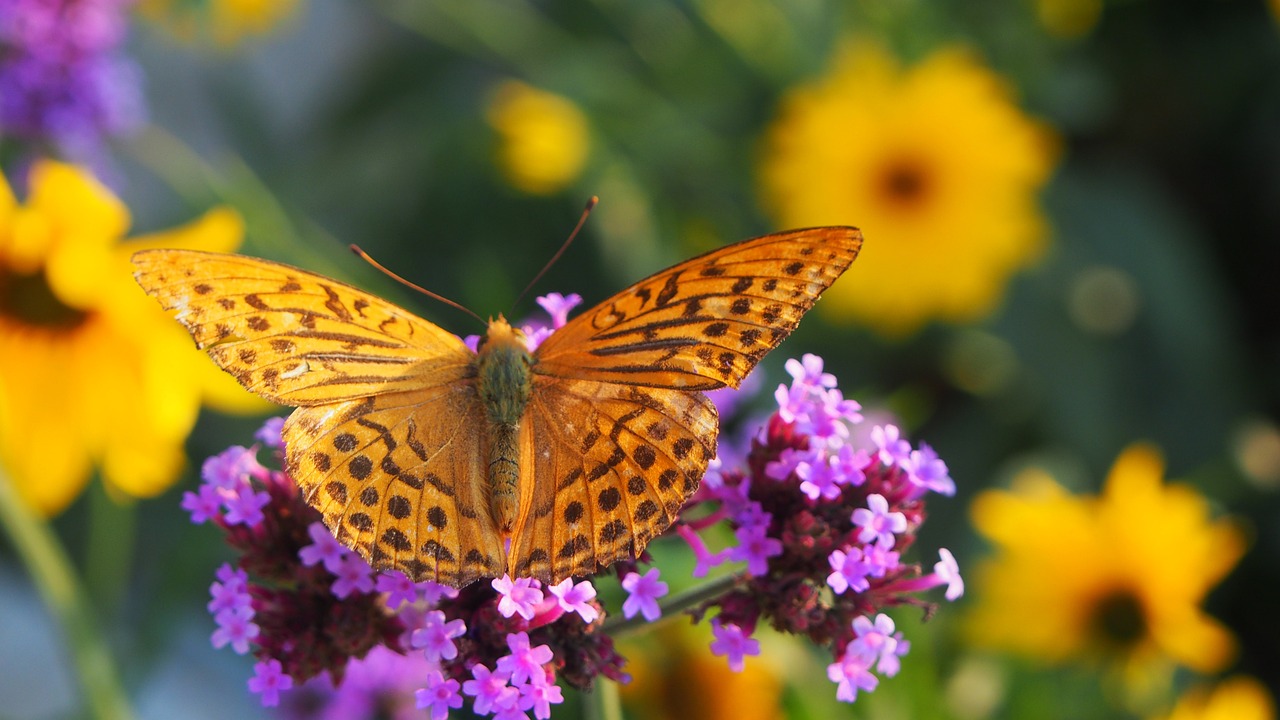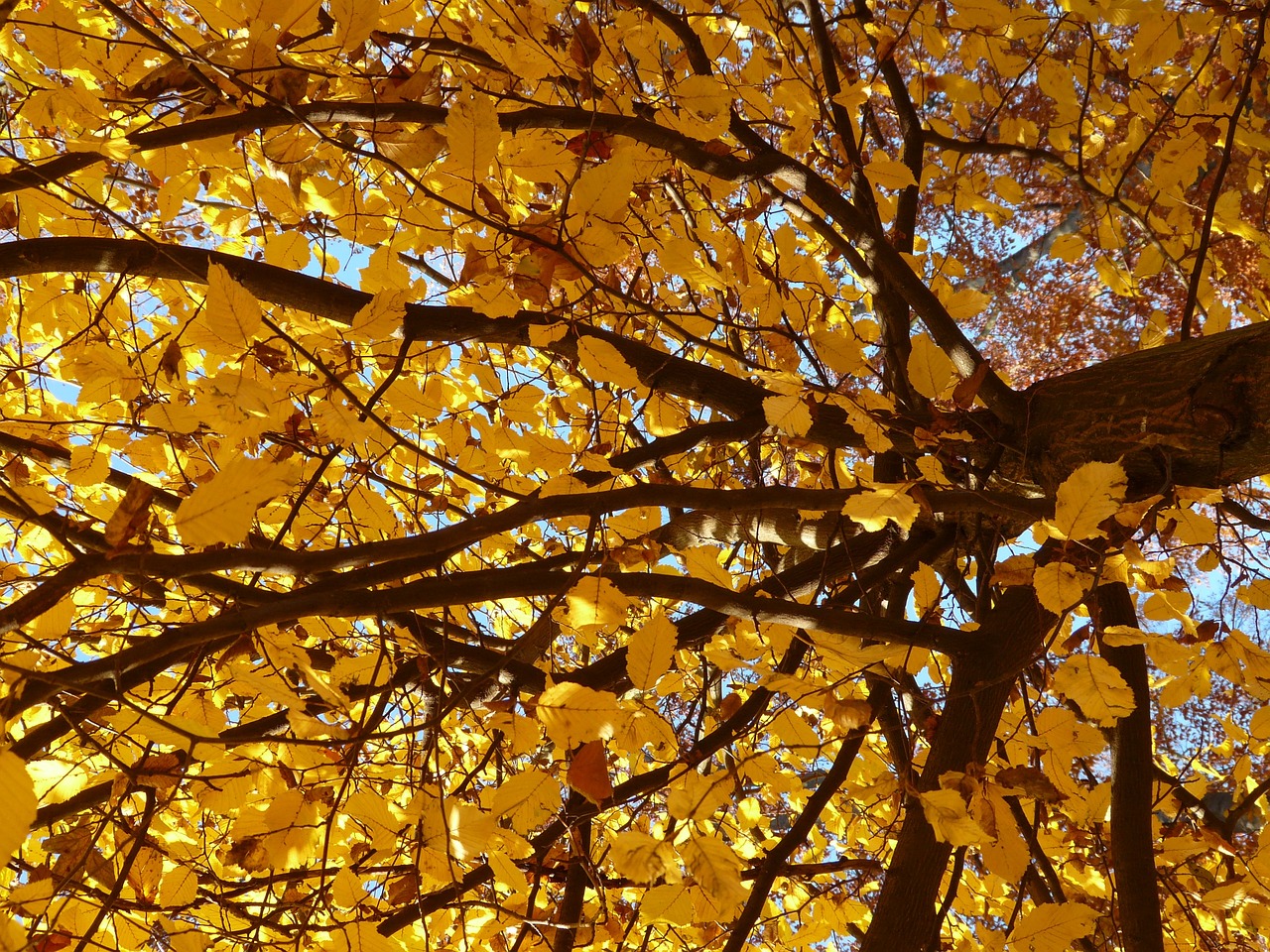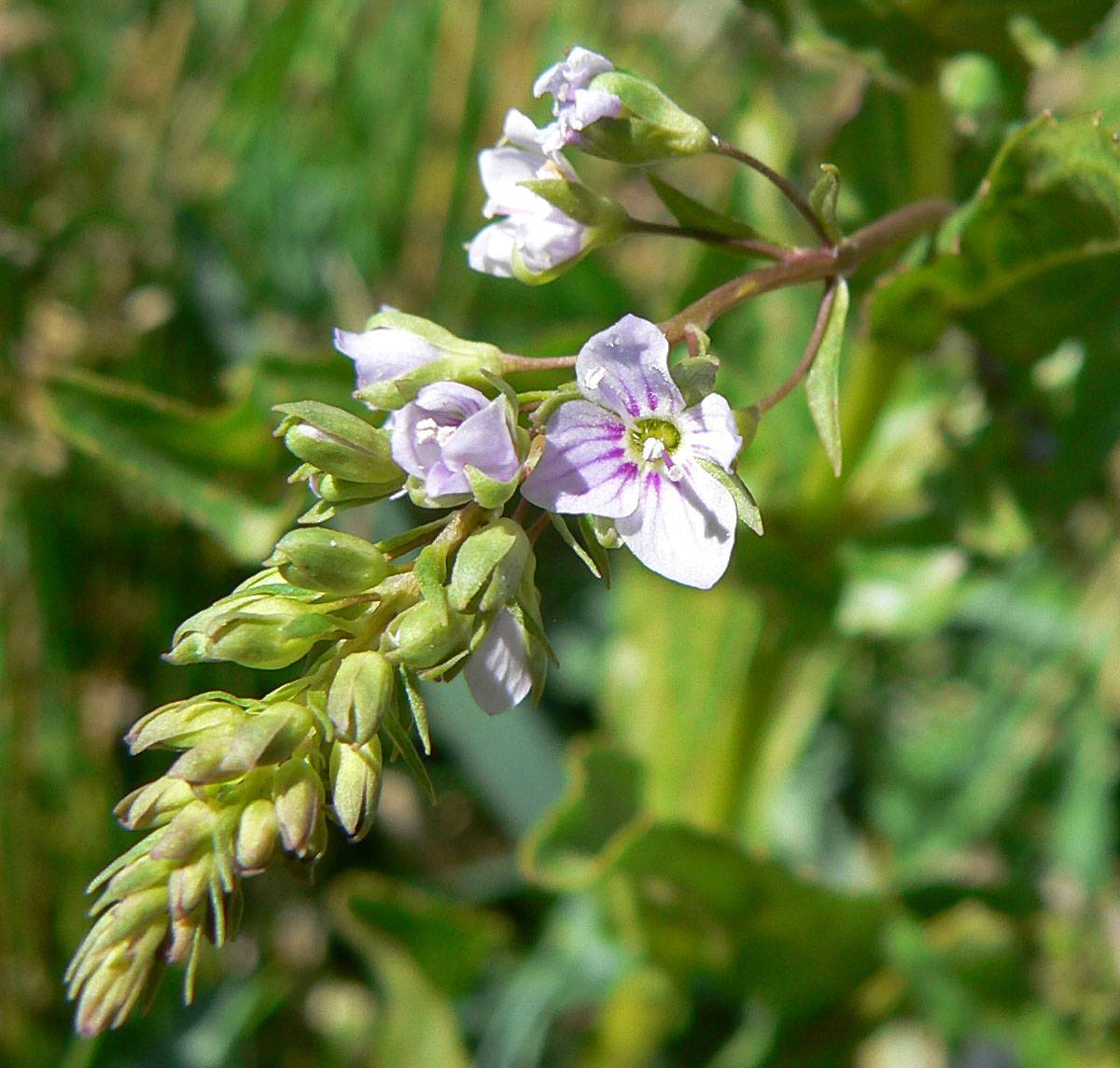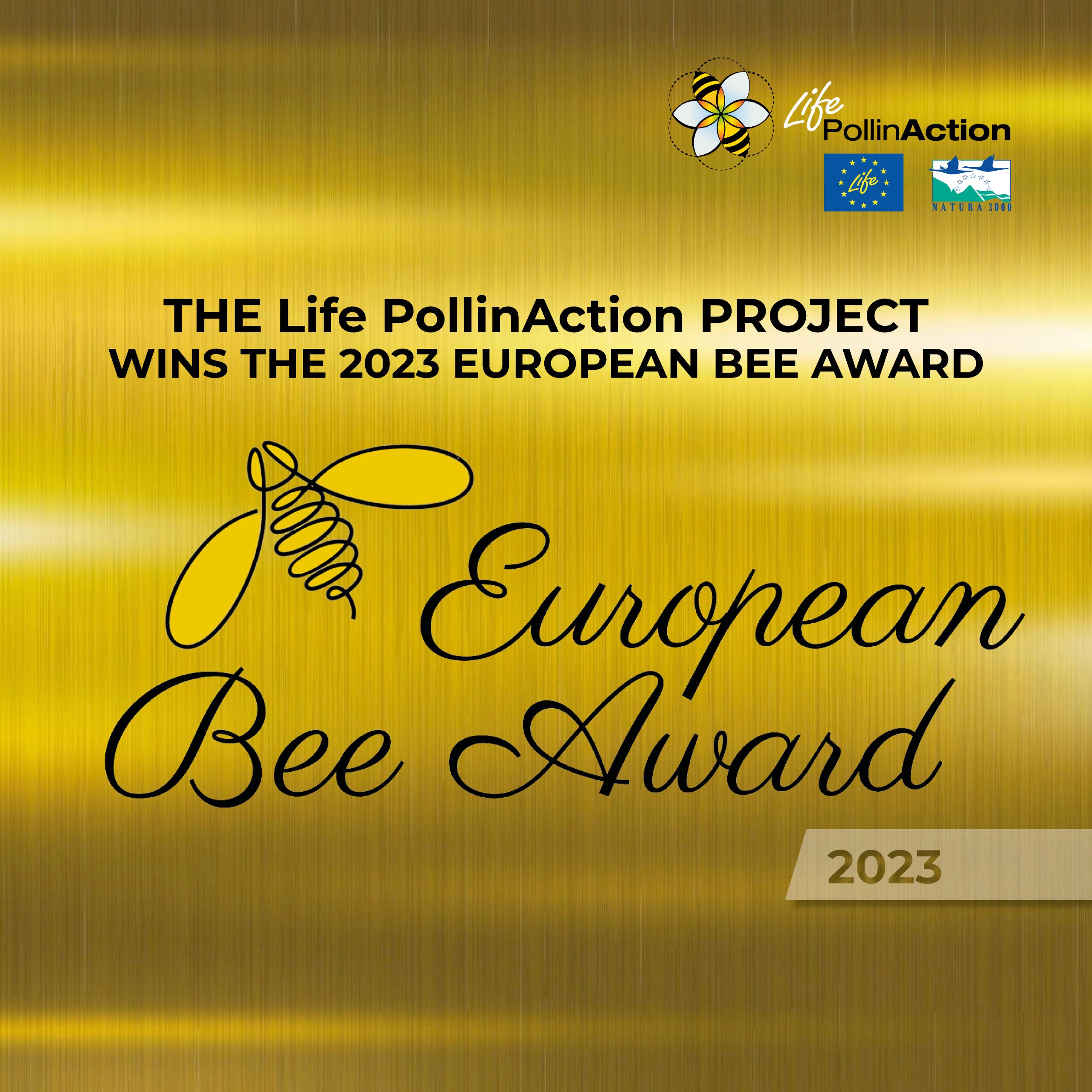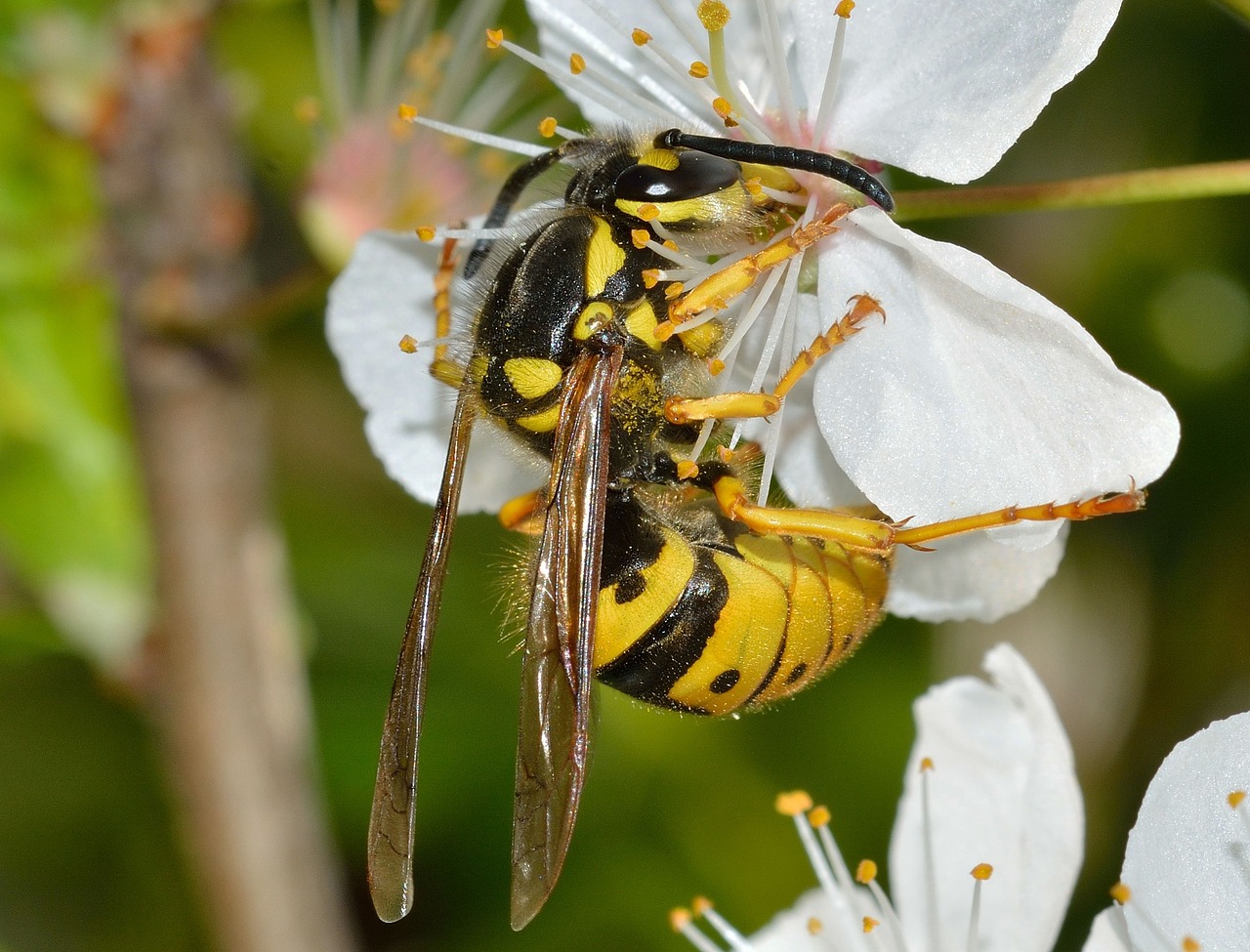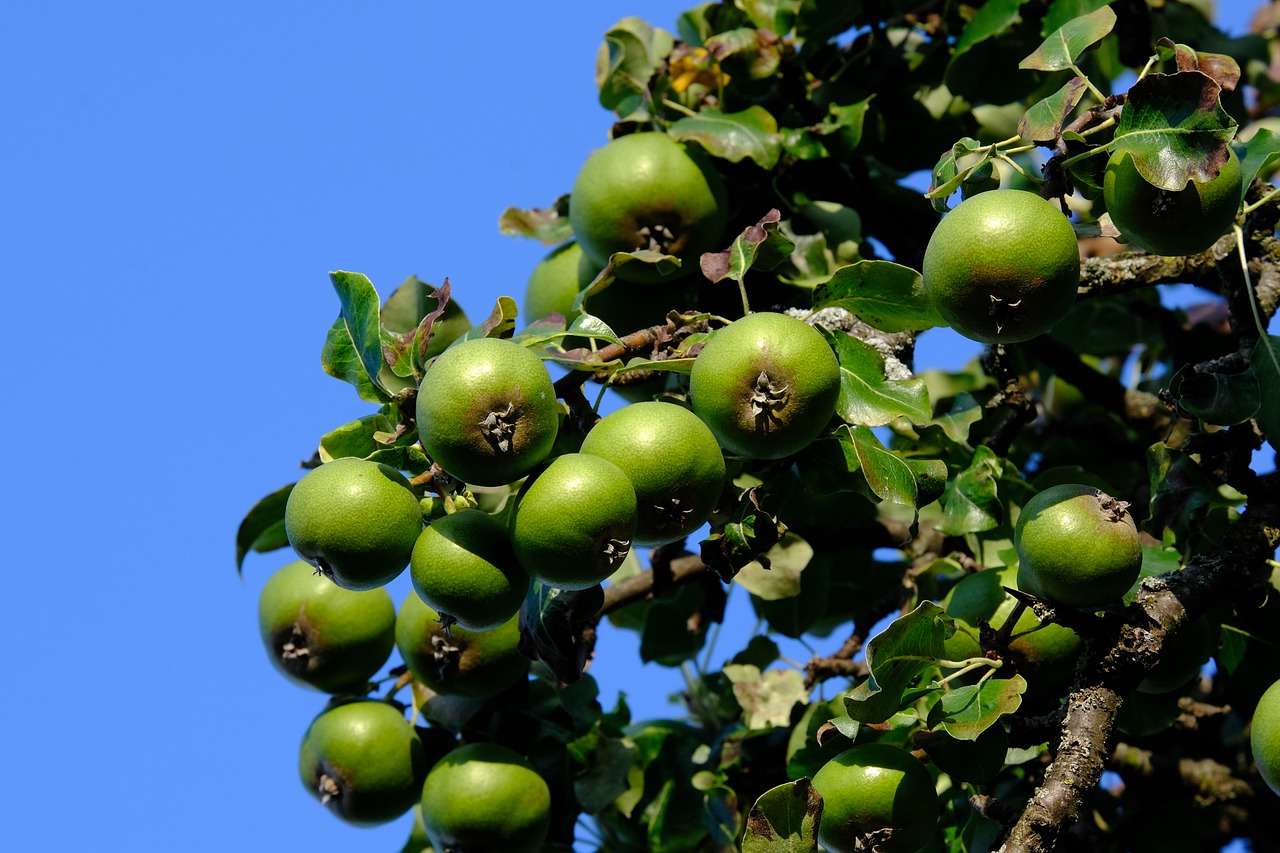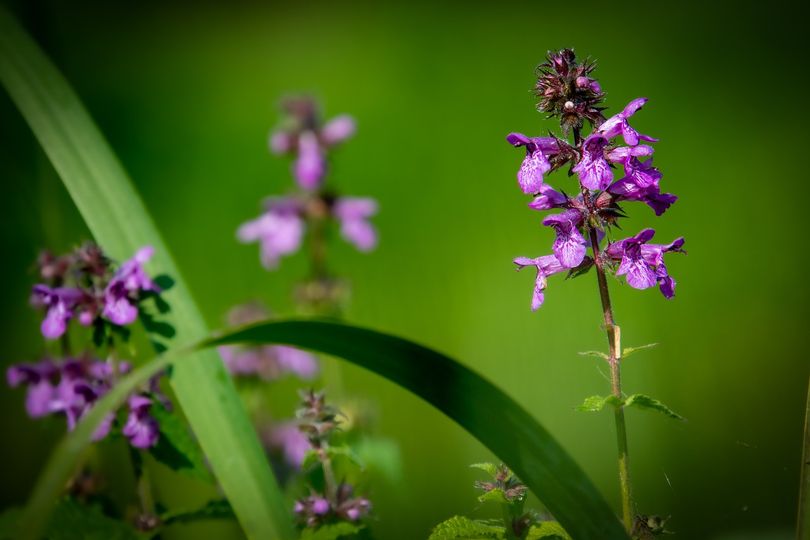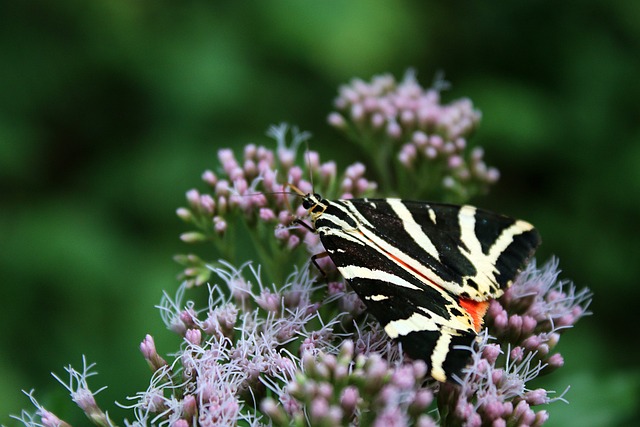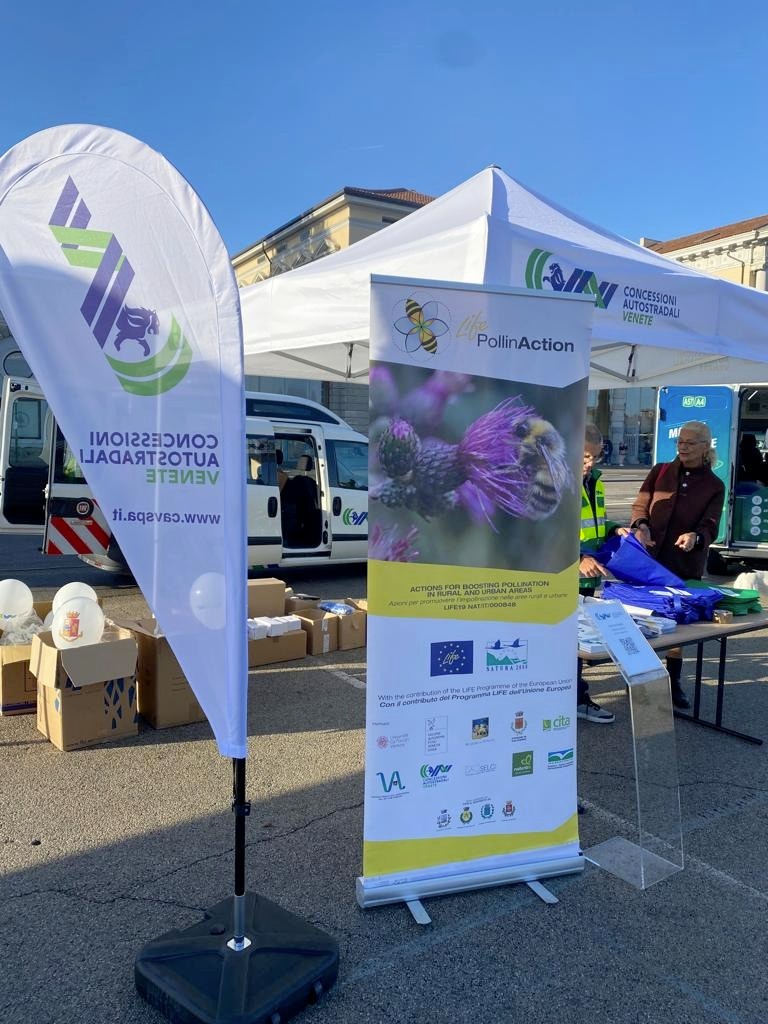🎄✨ This Christmas, we want to share with you a magical and educational moment
lifepollinaction2023-12-29T09:05:04+01:00This Christmas, we want to share with you a magical and educational moment: these young students are exploring the educational booklet from LIFE PollinAction about pollinating insects! Every page of these booklets is a journey into the wonderful life of insects that help bloom our world. We wish all of you a peaceful Christmas and a New Year full of discoveries and adventures!



